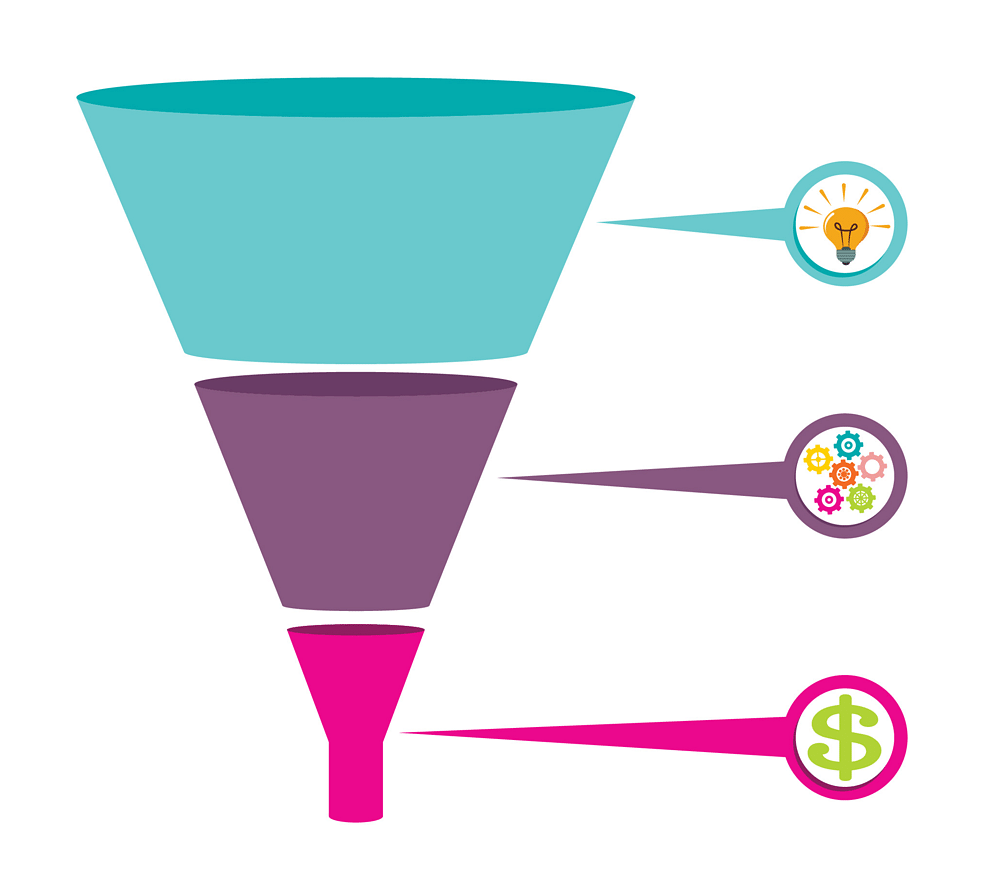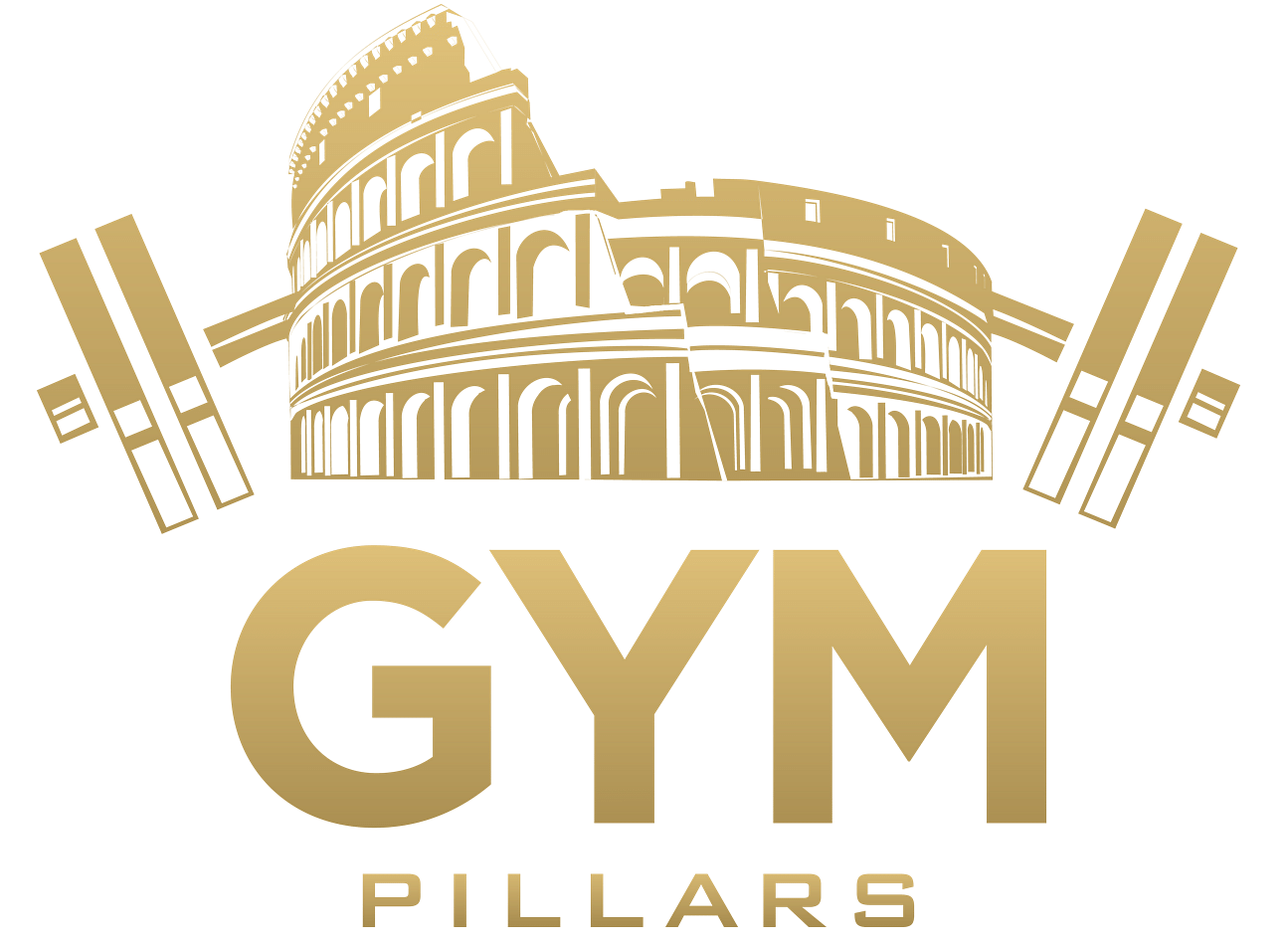
Gym Pillars’ George Liu talks busting through the Bermuda Triangle of marketing and building a multimillion-dollar business
By Jim James, Founder EASTWEST PR and Host of The UnNoticed Entrepreneur.
George Liu runs Gym Pillars, and in the recent episode of The UnNoticed Entrepreneur, he shared how he helps his gym clients to get out of the “Bermuda Triangle of Marketing.”
He also talked about how he built a multimillion-dollar business by offering a service — that is helping gyms monetise their memberships into $20,000 to $30,000 over 90 days — and a money-back guarantee. He further discussed how he managed to get the brand of Gym Pillars noticed.

Image from LinkedIn
His Beginnings as an Entrepreneur
George got started by listening to other entrepreneurs. He didn't know he was an entrepreneur, and he didn't know anything about entrepreneurship.
As far as resources are concerned, he believes that at the end of the day, we have just two types of resources: the first includes time, attention, and energy; the other is money.
In the beginning, he had neither. It took a lot of hustle to get his business off the ground. He didn’t know what he was doing to go from zero to one. He did anything and everything to build traction.
What he realised was that he just needed to talk to people. Because ultimately, businesses — especially service-based businesses — are by the people and for the people.
With that in mind, he took the fastest approach and did cold calling, a skill he realised he needed to learn early on but didn’t know how to do effectively.
The very first client he landed wasn't within his internal network. It was just through sheer cold calling. It was identifying which gyms he would want to work with, having a call with them, searching up YouTube videos on how to cold call — and fumbling and tumbling his way through it.
Until now, he still remembers each dial he made. His hands would be sweating profusely. He didn’t know what to say. He didn't know where to go with the conversation. However, with enough repetitions, you get better with each rep that you do.
Over time, he started developing a much more systematic approach.
On Having a System and Wider Touchpoints
One of the things that George has always been big on is investing in himself to learn from other people. He thinks that we, as human beings, can learn more from other people's mistakes versus going through our own.
This is why he invested $25,000 in personal coaching and in going through different masterminds. From there, he learned about different systems and how people who have succeeded used those. He then modeled what successful people have done, how they think, and how they do.
He started digging deeper into the value of having a system and having wider touchpoints. And there are six ways to get in front of people when you break it down.

Image from Unsplash
- Direct or cold outreach. It’s where you’re directly reaching out to people, whether it's calling, emailing, texting, or messaging them via Instagram or Facebook.
- Earned media. It’s about investing time and attention in the form of a blog post, a show, a podcast, or a Facebook or Instagram post. Basically, anything related to putting time into what would ideally get you in front of more people that you want to get in front of — and let you turn traffic and those people into conversations.
- Affiliate. This is you reaching out to other people who serve people similar to you. If you’re a gym owner, you would want to go down the street and talk to a physical therapist or someone who serves rehabilitation centres. It’s about forming a partnership with them in a way that's a win-win for both parties.
- Referrals. This is another common method. Once you get started, you can ask your clients if they know anyone; then discuss their benefits if they refer another person to you.
- Paid media. Instead of investing your time and attention to get in front of traffic, you'd be investing money in platforms to get in front of people and eyeballs and traffic.
- Owned media. This refers to the database you build up over time and that you own — whether it’s an email list or phone numbers. To communicate with them, use whichever medium you prefer.
These are the things that he didn’t know early on in terms of framework. As stated, he was just trying everything and anything that he could possibly try to gain traction.
The Passion to Help
Though George was just calling gym owners, it was extremely helpful because he could directly receive market feedback from the people he wanted to help.
He and his team were able to establish their processes down the line in their model by having those conversations and learning their clients’ experiences.
If he didn’t talk to gym owners, he would have no idea what they want, what they care about, and what they have been through. The more conversations he had (although it was painful and awful at times because he was admittedly awful at it), the more it had been helpful in understanding what the market is.
The market is a pool of people you're choosing to serve. So the more you engage with the market, the more you understand their habits and who they are, what they care about, and what they have been through — and the better you're able to serve them.

Image from Unsplash
He treats the dialogues he had as if they were an interview. He asks questions like how they feel about marketing companies. Two of the people he talked to said they’ve had really negative experiences. That affected his model and processes in the sense that he’d never want to be one of those marketing companies.
For him, being that kind of company also doesn’t feel right. If he’s charging for a service and they're getting absolutely nothing, that will be blood money of sorts. And he wouldn’t want to touch that.
He came from a place of wanting to help people. This is why he would tell gym owners not to worry about it and not pay him anything yet. What he wanted is to just help people get results. Only after getting results should they pay him.
His being awful at sales actually helped him get his foot through the door because he was saying something people have always wanted to hear. Those people wish that there was a marketing company willing to put their money where their mouths are.
Consistently hearing that prompted him to do what he did: He had nothing to lose, and he wanted to help people get results.
Converting Traffic to Customers
On Gym Pillars’ website, it has a proposition saying that they will help gym owners add $20,000 to $30,000 over 90 days or their money back. The site is simple and has that sort of call to action.
The fundamental principle that fuels that or any marketing or sales endeavour is an inverted triangle.
On one end, you have traffic or the people coming to you that you would want to serve. Traffic is always there. Whether it's coming from word of mouth and the work that you have done, from the post that you’ve been pushing out, the podcast that you've been a part of, or the blogs, articles, paid media, or the advertisements you're running, or the reach outs that you're doing — there’s always traffic of people checking who you are (sometimes, with a layer of skepticism because they don’t know, like, or trust you yet).
The next piece is about how to get more people on top of the funnel.
The next one would be conversion. How do you move people down the funnel? How do you have people build more trust and learn more about who you are, how you can help them, and what you can help them with? Why should they believe in you?

Image from Vecteezy
There are many other frameworks that the triangle becomes a flywheel. However, funnels are helpful to visualise things. And the more you move people down the funnel — from traffic down to conversions — the more conversions and customers you get.
Naturally, in traffic conversions, economics is important because the numbers have to make sense. If you’re operating as a business, ensure that however you're providing value, it should cost you less than how much value you have to provide.
If you can make X amount, hopefully, it costs you less than X amount. This applies to marketing and sales as well, regardless of whichever channels you're on.
Often, organic channels are more helpful early on because there, you’re trading time for money. When it comes to the economics of it, it doesn't cost you any money. But it costs you time and attention and also a skillset. How good you get at that is determined by how much traffic you're able to generate.
In business, where you’re getting more cash flow is where you must invest and pay traffic. At that point, you can trade money for more money, and that's when leverage takes place.
The Five-Minute Video Sales Letter
George invested a lot over the past four years. He spent a lot on his coaching. He’s also seen a lot of ads and trenches, and he’s played around with a lot of things, and at one point, he was able to see different trends that work well.
The idea behind Gym Pillar’s five-minute video sales letter (VSL) is that there's a higher likelihood of people consuming a five-minute thing rather than a 30-minute one. People don’t want to sit down. If they consume it, that's great. But if they don't, you'd want another way of engaging with them.
In their five-minute VSL, they’re simply engaging with the prospect. They’re explaining what they’re doing, why, and how they can make it work. They’re also giving proof and instructing people what to do if they want to take action.
If you’re an entrepreneur, the more you learn about the best practices and nuances, the more it will affect your ability to transform traffic into conversions. Your ability to know what to do and your skillset stacked around these pieces will affect the economics of how well you're able to turn traffic into conversions and make money as a result instead of losing money.
At Gym Pillars, they have that five-minute VSL of a very strong offer with a guarantee that reverses the risk for the right client.
On their website, they also have social proof of what they do. They show that they’ve done it before. And that gives a curiosity hook, which leaves the person watching wondering how they do that.
If they consume a five-minute VSL, the likelihood of them looking at chat and a 15-minute intro call with zero pressure is quite high.

Image from Gym Pillars
Gym Pillars does have a lot of people that go through that VSL funnel and just book a call on their own. But even if they don’t, what George and his team want to avoid is a leaky bucket, which is when someone visits a website you want them to visit, and they don't do the thing you want them to do.
This is why, ideally, if you care about the conversions of people turning to customers, you would have a way to engage with them outside of the digital medium — i.e., text them. You’d want to engage them not just online but also offline.
Conver them offline to drive them down the funnel and build trust. When you text them, when you call them, and when you email them, that's when it comes to play.
If you run a service-based business, it's always about the people. It’s called lead nurturing.
At the top of the funnel, you typically have brand awareness or people that have seen your things. But for George, to make it practical and relevant, what he considers top the funnel is lead generation. How many leads do you have? Have people opted in to ask how this work or where can they find your offering?
The bigger you get at the top of the funnel, the more will flow downwards, depending on how good you are at converting people and building trust.
A Distraction-Free Website
Gym Pillars’ website has the VSL, a body of the offer, and testimonials from people — no Twitter, LinkedIn, Instagram, Facebook, or TikTok.
When thinking about the point of a website or a page, it’s important to identify the goal and the objective. For them, it’s the five-minute VSL and the social proof. The goal is to get leads to build enough trust to take action. Anything that would deter and take away from that, George would want to remove as distractions.
If the goal is to build enough trust for them to take action, think about what would build trust. Social proof is one of the best ways to build trust because we, as human beings, want to take out the risk for something that’s never been done before.
It’s incredibly important in any kind of marketing. But that’s just the first piece. The next one is to get them to take action.
If they were clicking on it, they would engage with a person who would drive the conversions up. However, what's the level below that? Think of it as if there was a person selling for you — someone speaking with conviction, articulating things; being a human, that would probably drive the chances up. Hence, they have the five-minute VSL.
And that VSL has all the marketing tactics sprinkled into it to drive the conversion up for leads to be able to take action.
The Critical Process of Hiring the Right People

Image from Pexels
George is plainly passionate and articulate. He’s got a background where he learnt about his body and fitness to overcome some insecurities when he was younger, and that has driven his values. The question now is: How is he getting the team to share those values and share that energy and passion when they're doing the work for him?
Transparently, it’s the biggest area of opportunity for him to dive deeper into and learn more about.
However, as it stands, he believes that if you’re the person exuding and forming the values and you hire your team based on those values, what's most important is self-awareness of who you are and what it is you value.
It’s the fundamental piece because everything distills from what you believe in, and it just carries down.
For him, the workaround is to make sure that he gets extremely clear on his own values, and then he puts them down on a piece of paper. Then he hires based on his intuitive feel: Does this person share similar values as I do?
That’s only one of the first-round interviews that they go through. George believes that having a very formal recruiting-hiring process is critical. And that first round is about sitting through cultural fit.
The second round is more about their technical expertise to see if they have the chops compared to other candidates. It will set you up for success in terms of filtering out the candidates who are not qualified.
Ultimately, the third round is where you bring other people involved. If they’re going to be working with another person, bringing that person to the third round is going to be helpful as well. It’s about making sure that the team works in alignment.
Objective and Key Results
Early, they also implemented the Objective and Key Results framework (Google also implemented that in their business). And for George, it was the best practice taught him by his mentors.

Image from Pexels
You, at the top, must identify where you want to go over the next quarter, for instance. It could be a number of clients or revenue growth. Ideally, the goal should be specific, measurable, achievable, relevant, and time-bound (SMART). Also, identify what needs to happen for that goal to happen. From there, it bridges out into different key results that need to happen.
In business, there are fundamentally two sides: How do you get new customers, and how do you service existing customers? But whatever the goal is, think of how it correlates to acquisition (the front-end of the business) and the back-end of the business.
In a perfect world, everyone has one of the key results. In the words of Gino Wickman in his book “Traction,” it’s called “rocks.” Everybody has their own set of rocks that they’re moving towards. And they at Gym Pillars implemented a version of that. Based on experience, the acquisition side is easier, and the back end is a bit harder.
Within the past three months, they started nailing down, ensuring that the front- and back-end are both taken care of. They ensure that each person is very clear on their roles and responsibilities. In doing so, George admits that were a lot of challenges, struggles, and painful mistakes.
The UnNoticed Entrepreneur podcast is sponsored by Prowly, the all-in-one software for leveraging PR activities. Boost the media relations game for your business - get more coverage while saving time and money on everyday tasks.
This article is based on a transcript from my podcast The UnNoticed Entrepreneur, you can listen here.

